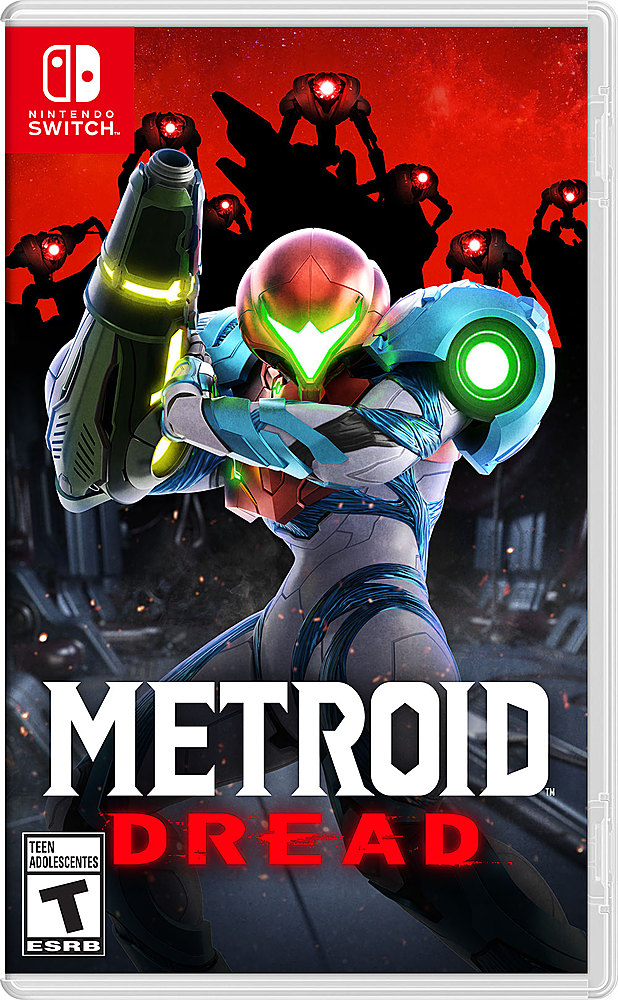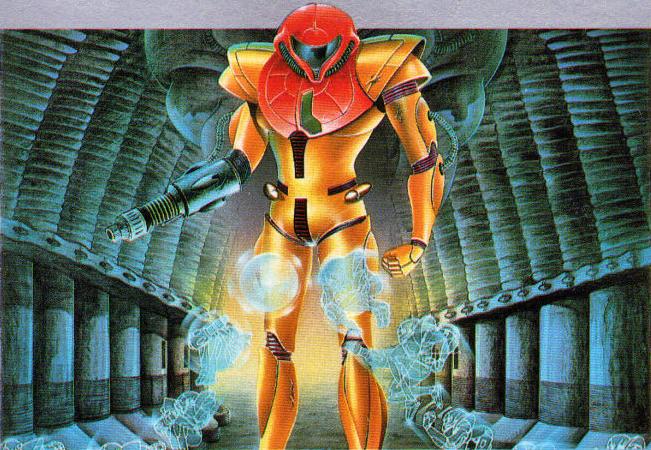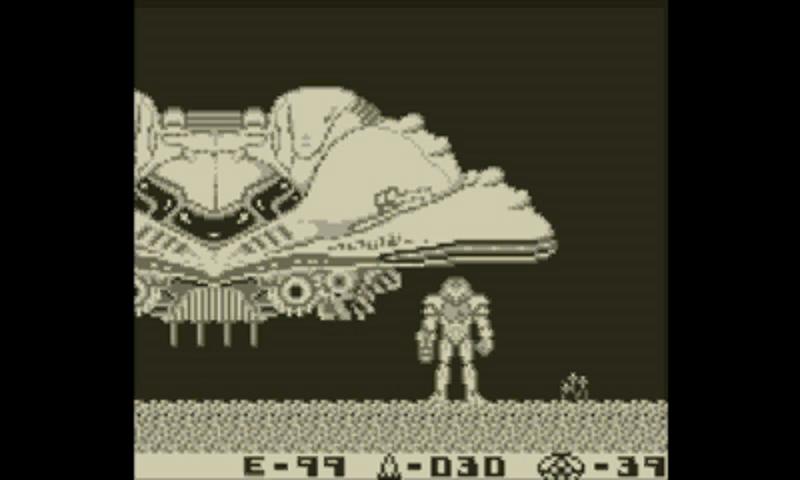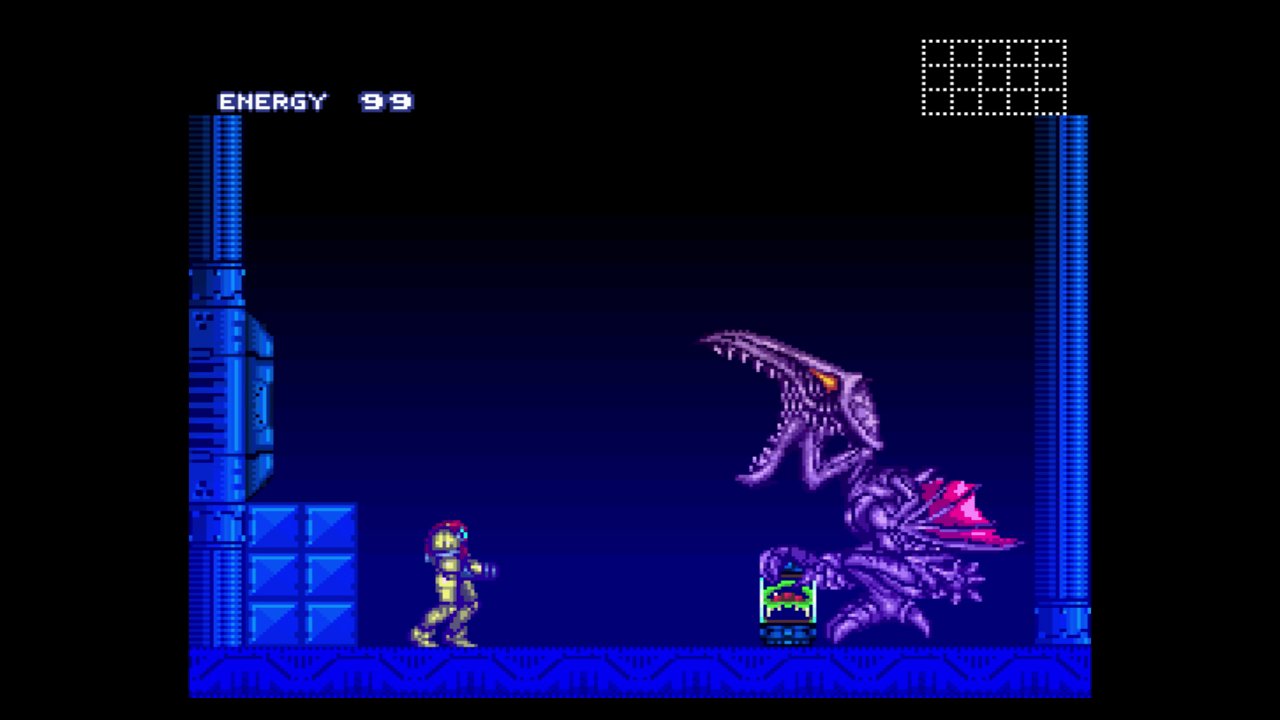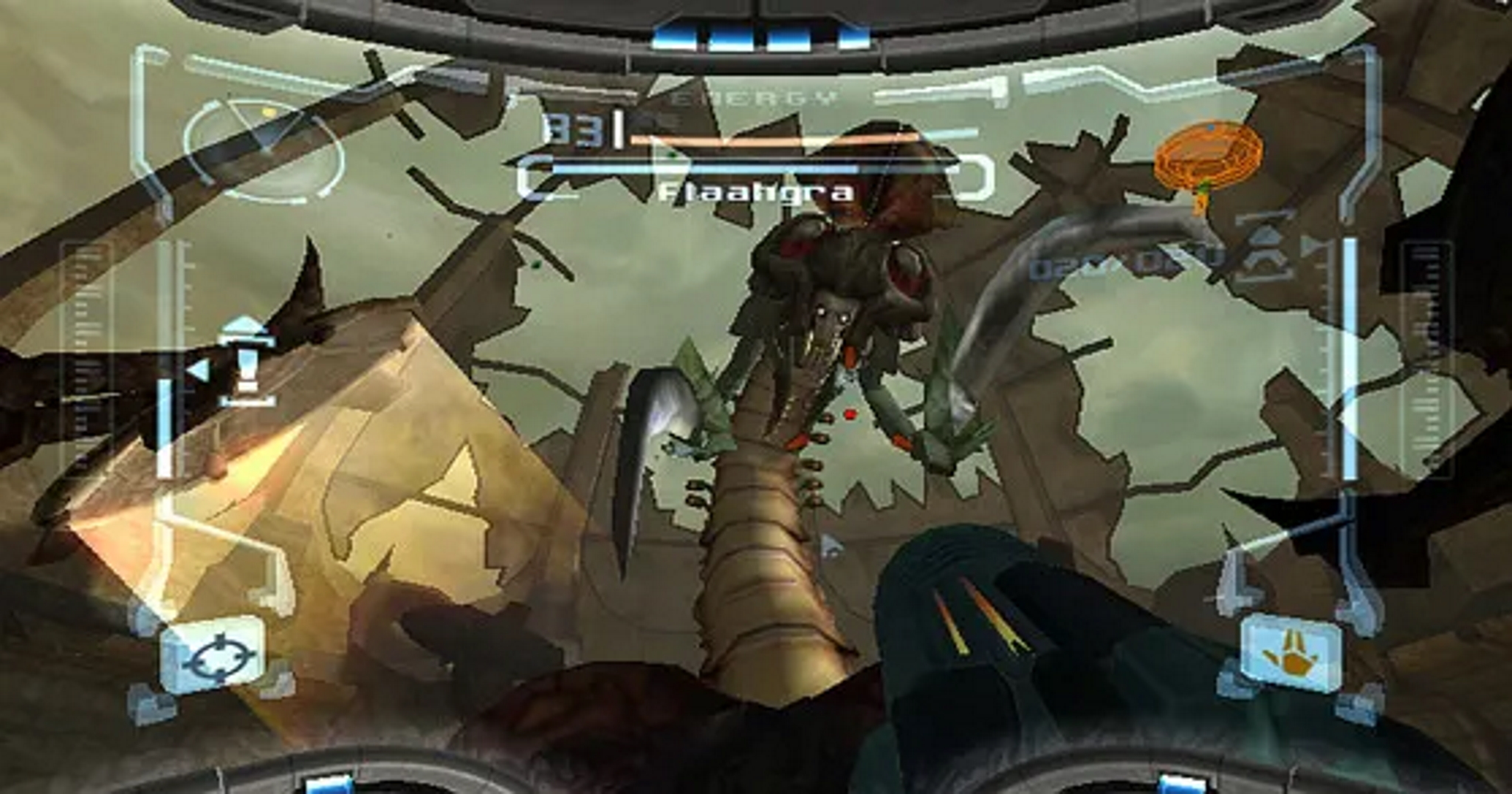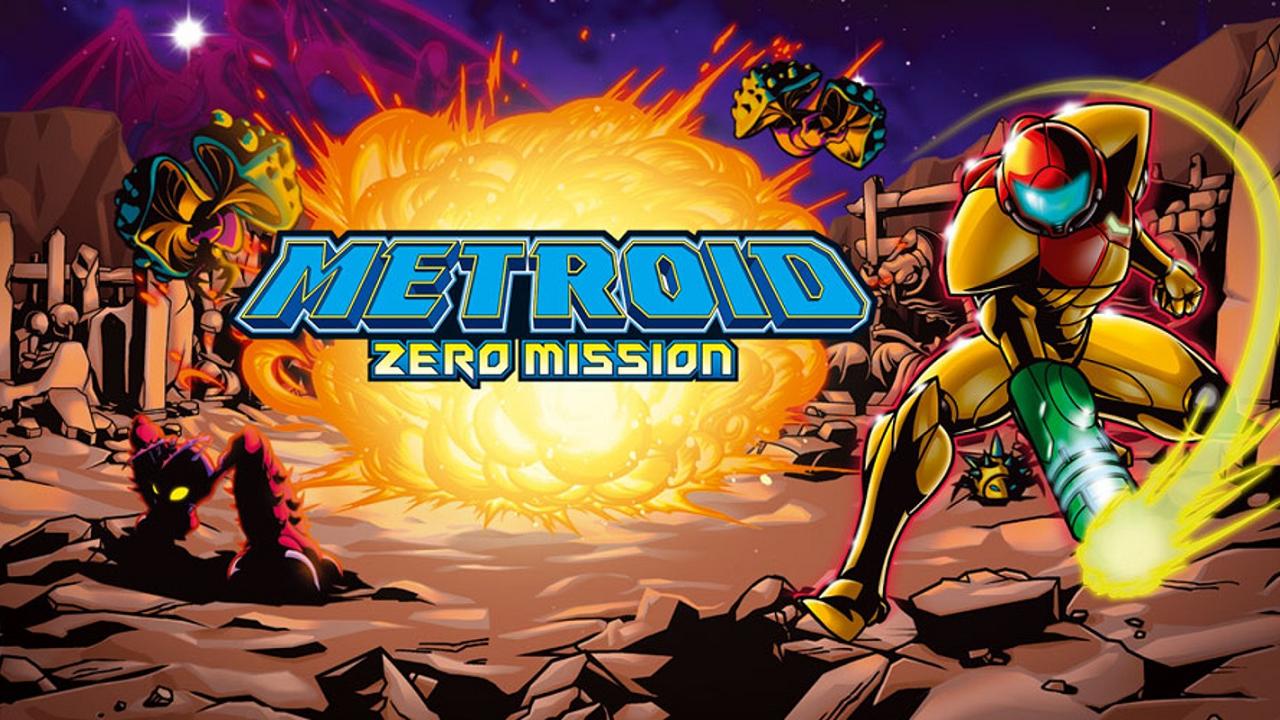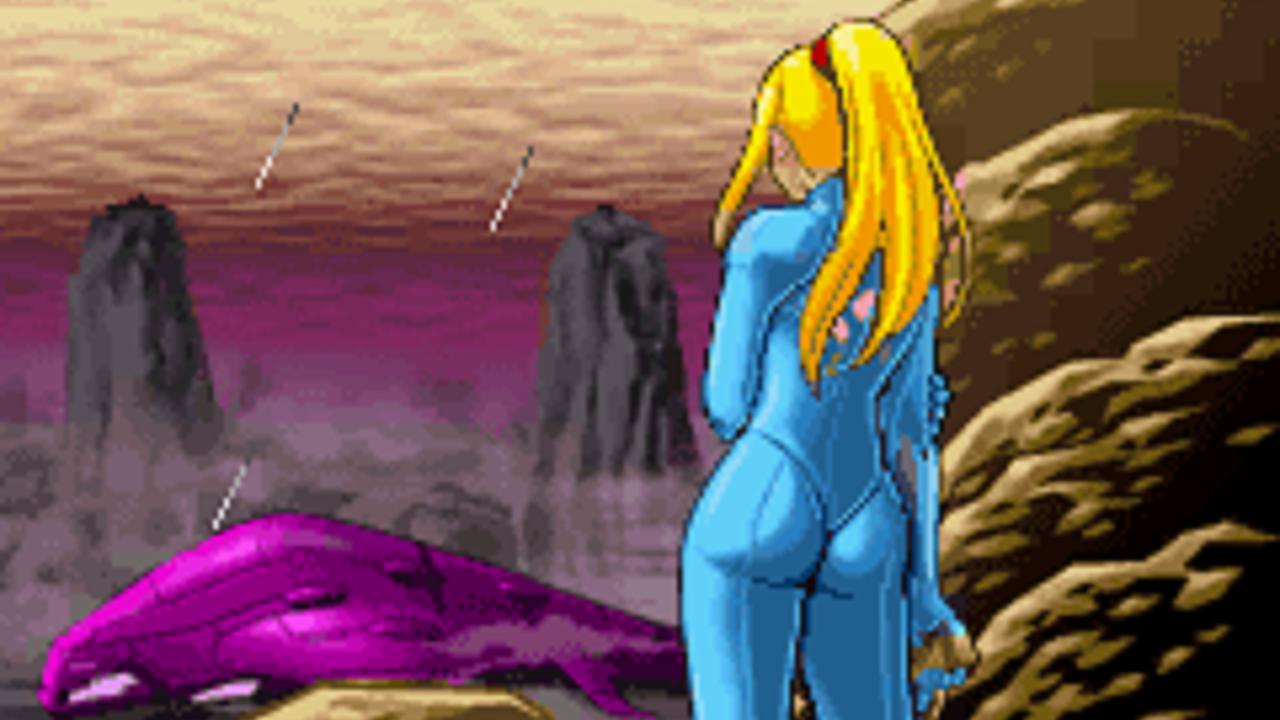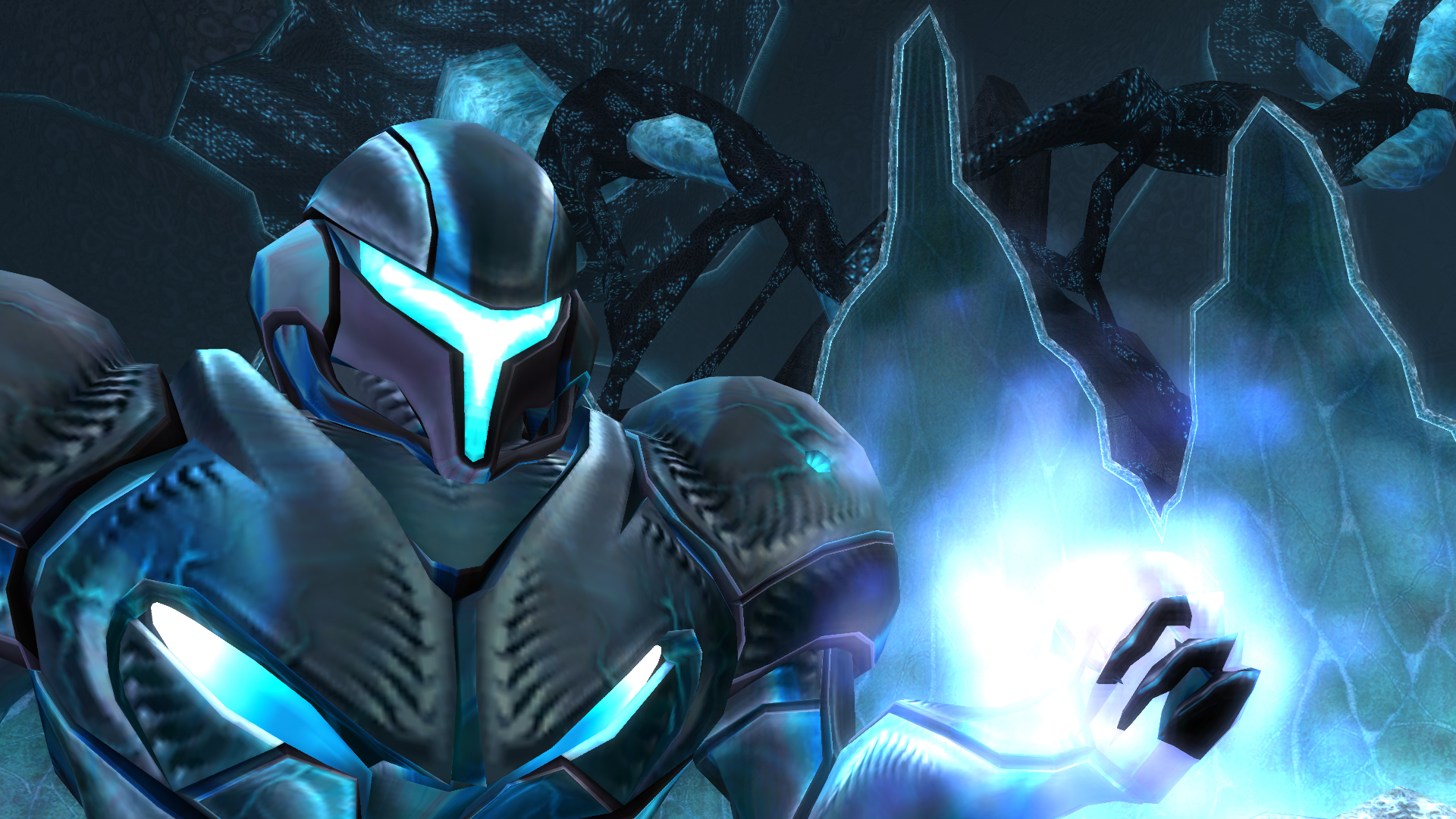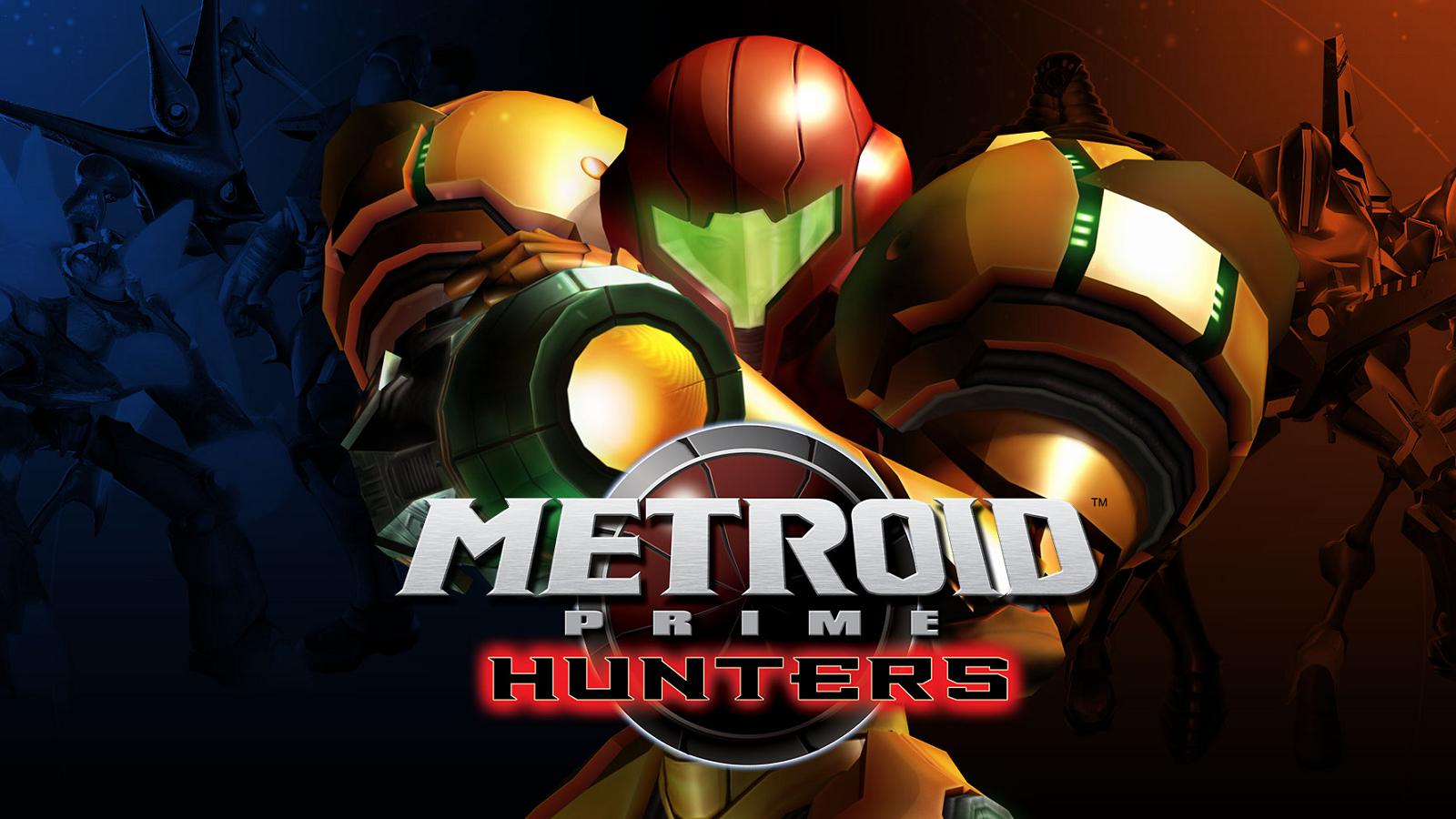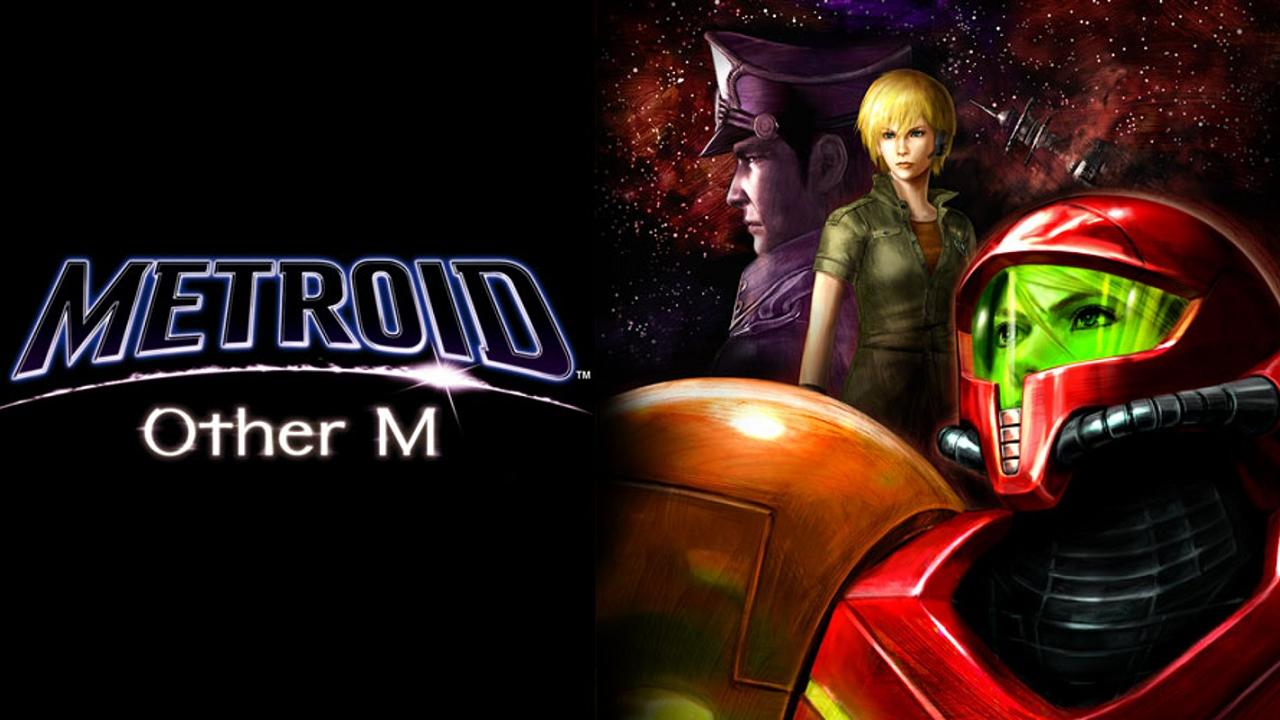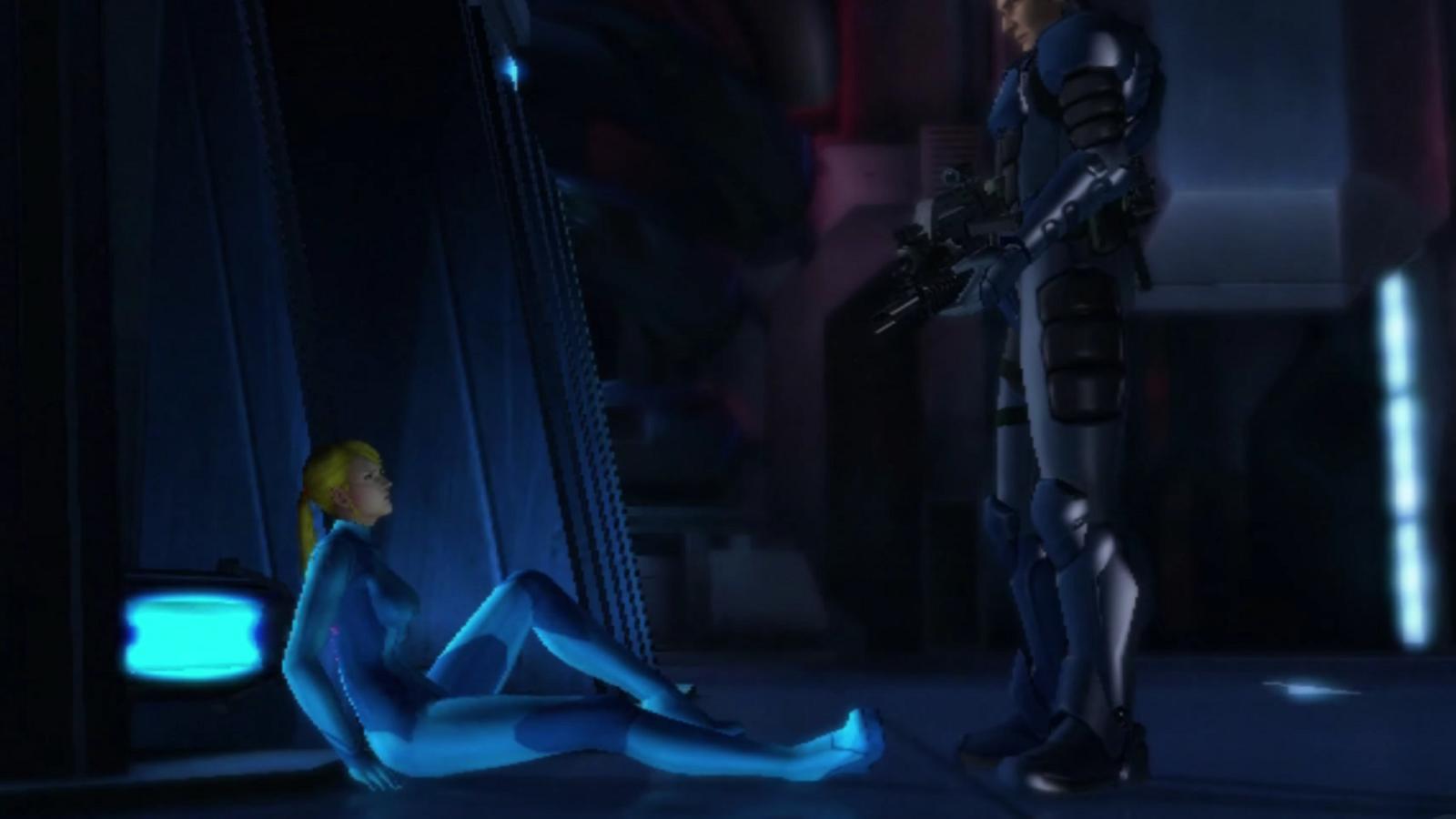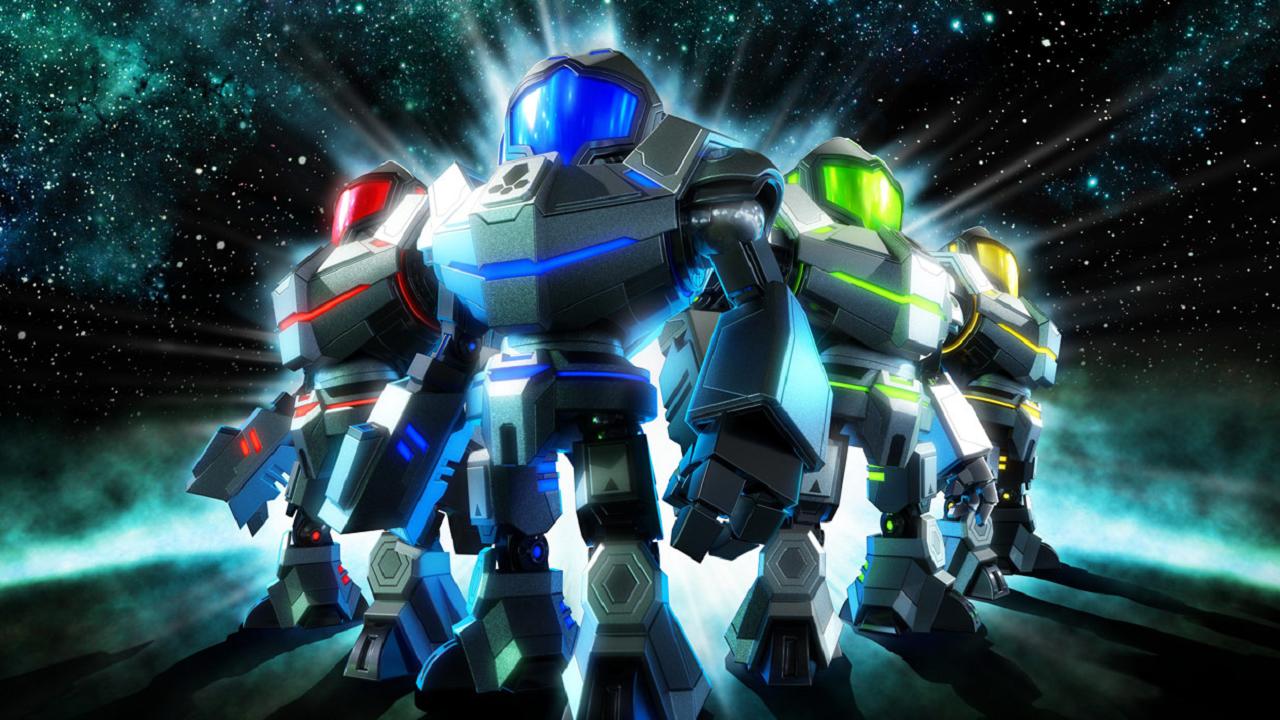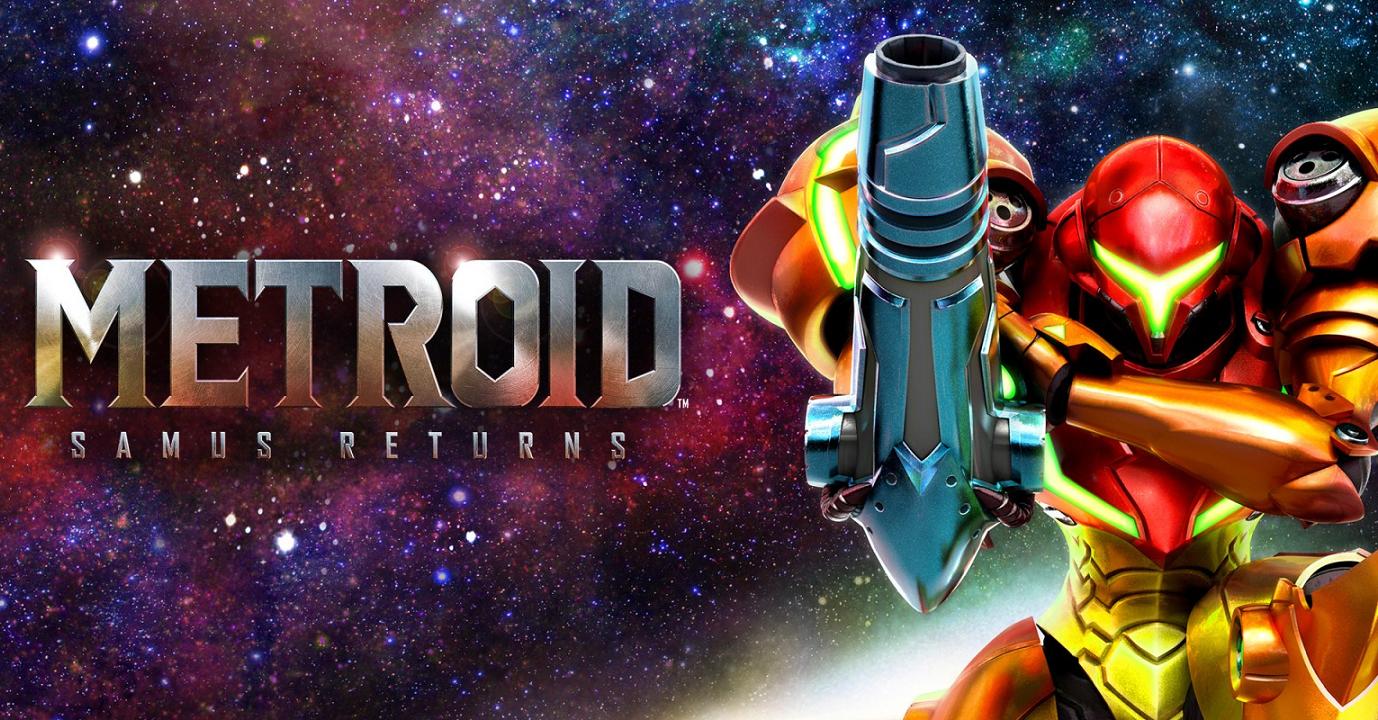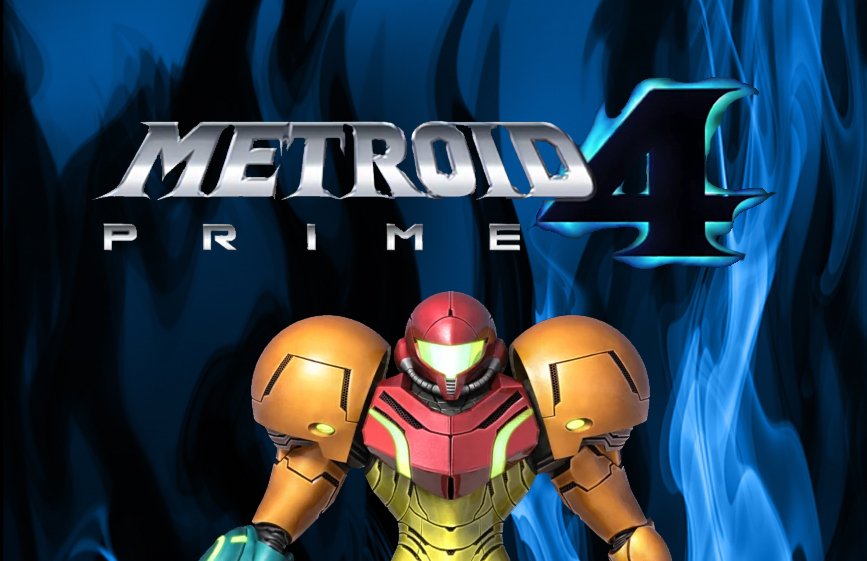Metroid retrospective: A history of the franchise
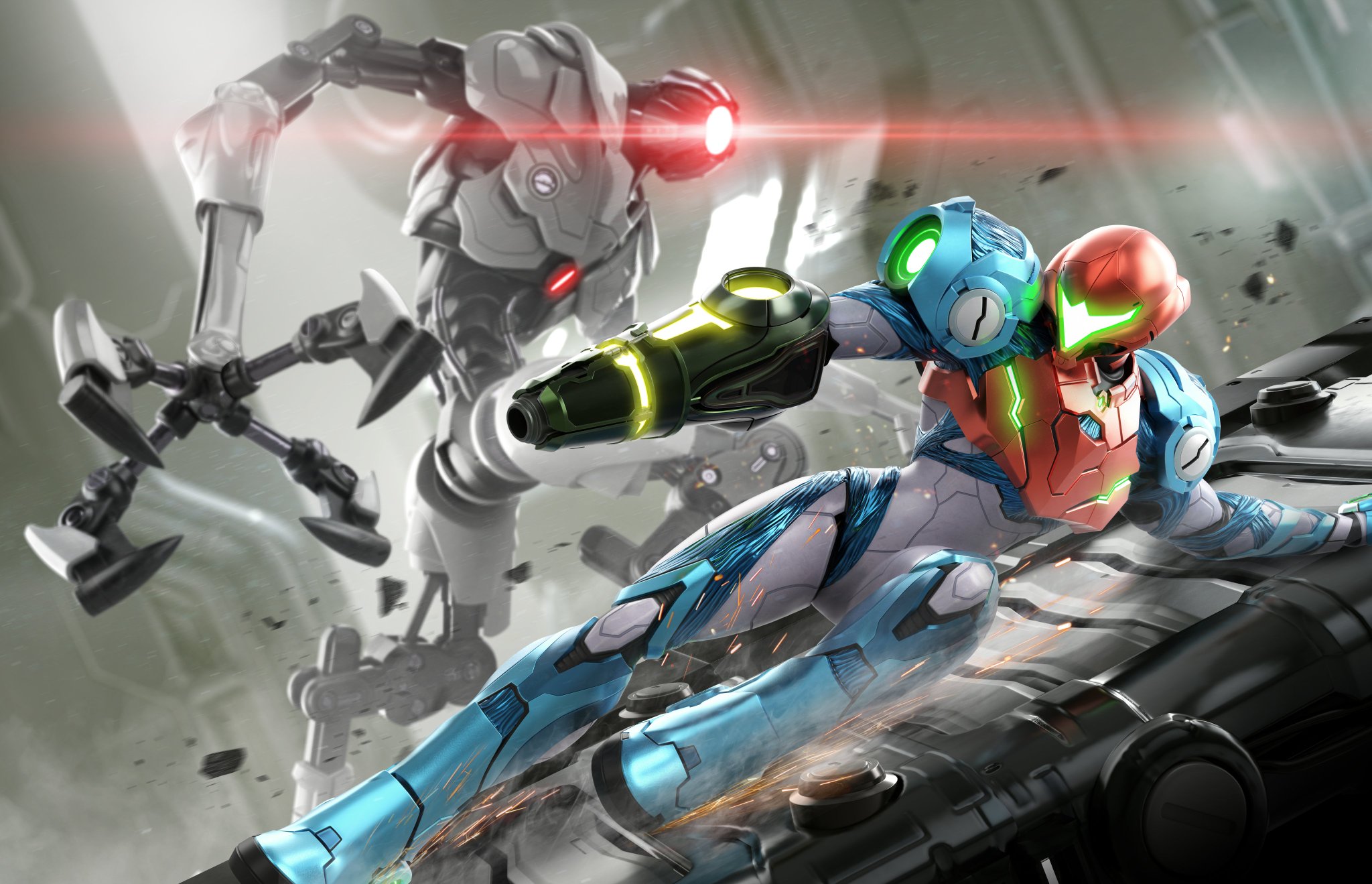
The Metroid series is one of the most iconic, long-running franchises across Nintendo platforms. Each entry traditionally brings some big changes, good or bad, leaving a unique mark on the series. Despite this, the Metroid series is traditionally not a huge seller for Nintendo, being something of a smaller classic compared to the likes of Mario or The Legend of Zelda. With Metroid Dread coming to the Nintendo Switch, we're gone back through the history of the games to craft a Metroid retrospective, examining the impact of each game.
If you're not sure which ones should definitely play, we've previously rounded up the best Metroid games, with explanations for how to play them.
Metroid
The franchise kicks off with the original Metroid, which released in 1986 for the Famicon Disk System, with a later port to the NES. Developed internally by Nintendo's Research and Development 1 division (Nintendo R&D1). The team drew inspiration from things like the movie Alien and the related works of H.R. Giger. Partially through development, one of the team asked if the protagonist could be a woman, which led to the now-iconic reveal of Samus in a bikini if players achieve certain endings.
While Metroid was a success critically and commercially with over 2.7 million copies sold, it's hard to overstate how much influence Metroid gave to not just Nintendo but the gaming industry as a whole. The game's 2D world design, with Samus collecting various items that allowed her to progress into new areas would, in combination with Castlevania, lead to the creation of the "Metroidvania" genre of games. Many franchise staples saw their start here, such as Samus' Morph Ball ability.
Samus herself is seen as a massive breakthrough for the representation of women in games, an action hero in a science-fiction setting at a time when many female characters were just princesses.
Metroid II: Return of Samus
Metroid II: Return of Samus followed up in 1991. Also developed by Nintendo R&D1 but this time for the Game Boy, Metroid II didn't see any huge departures from the prior game but instead saw mostly small improvements. Receiving generally favorable reviews and selling over 1.7 million copies, the main mark that Metroid II left on the legacy of the franchise was in Samus herself.
Because of the Game Boy's black-and-white graphics, the developers needed a way to differentiate between Samus' Power Suit and Varia Suit that wouldn't use color. This led to the introduction of the big, round shoulders on the Varia suit, a look that's been present ever since.
iMore offers spot-on advice and guidance from our team of experts, with decades of Apple device experience to lean on. Learn more with iMore!
Super Metroid
1994 sees the arrival of Super Metroid, developed by Nintendo R&D1 for the SNES. Super Metroid brings numerous gameplay improvements, like the automap and the ability for Samus to fire in all directions. While Super Metroid saw soft sales of around 1.4 million copies, it was critically acclaimed, accelerating the growth of the "Metroidvania" genre and being widely regarded as one of the best games of all time.
Metroid Fusion
Metroid Fusion, developed by Nintendo R&D1, launched in 2002 for the Game Boy Advance. It would also be — unbeknownst to players at the time — the last completely new 2D side-scrolling game in the franchise for a long time. While it received critical acclaim, sales were even softer than past games, not even reaching a million copies sold. Metroid Fusion introduced more linear gameplay structure, with some sections explicitly guiding players where to go next. Its sequel, Metroid Dread, was canceled and would not be revived for many years.
Metroid Prime
Arriving on the GameCube in 2002, Metroid Prime received critical acclaim and sold over a million copies in the U.S. alone. This immediately cemented Retro Studios' new take on the series as just as, if not more important, than the prior games. Metroid Prime marks a huge shift for the series in basically every way possible. It's the first game developed by Retro Studios with support from Nintendo R&D1, while changing from a 2D side-scrolling presentation to a first-person shooter and in 3D no less.
The game's troubled development led to a focus on immersion and exploration, with the world design front as Retro Studios focused on making the game an "adventure" instead of "just another first-person shooter."
Metroid: Zero Mission
While Retro Studios worked on a new take for the franchise, Nintendo R&D1 launched a remake of the original Metroid, titled Metroid: Zero Mission. Released in 2004 for the Game Boy Advance. Metroid: Zero Mission stayed mostly faithful to the original game. The differences being that the major graphical improvements were accompanied by some additional stages and mini-bosses, alongside a completely new area.
While this remake of sorts sold over 500,000 copies and received positive reviews, its biggest lasting impact on the franchise was the introduction of the extremely popular Zero Suit, a skintight suit that Samus wears beneath her power armor and is forced to use whenever the armor isn't available.
Metroid Prime 2: Echoes
The second entry in the Metroid Prime sub-series, development of Metroid Prime 2: Echoes was led by Retro Studios. Releasing in 2004 for the GameCube, Metroid Prime 2: Echoes evolved the first-person adventure gameplay by introducing alternate dimensions along with light and dark Aether. While the two are similar, players progress by going back and forth between the two, with changes in one dimension showing up in another. Metroid Prime 2: Echoes also introduces the classic look for Dark Samus, a reincarnated version of the the Metroid Prime.
Metroid Prime 2: Echoes received similar critical praise, with over 800,000 copies sold. While it moved the first-person games forward, Metroid Prime 2: Echoes did see some pushback over the optional multiplayer mode, which was generally considered a lackluster add-on for the game.
Metroid Prime Hunters
Another developer joins the fray with Metroid Prime Hunters, a Nintendo DS spin-off developed by Nintendo Software Technology, as Retro Studios was already hard at work on other titles. Metroid Prime Hunters was well-received, especially given the constraints of making a first-person shooter for the Nintendo DS.
With over 410,000 copies sold in its first month, it didn't sell well even by Metroid standards. With that said, the multiplayer was much more well-received than the mode in Metroid Prime 2: Echoes, while the introduction of the bounty hunter Sylux is a story arc that several designers at Nintendo have mentioned wanting to explore more in the future.
Metroid Prime 3: Corruption
The latest mainline entry in the Metroid Prime sub-series, Metroid Prime 3: Corruption launched in 2007 for the Wii. Developer Retro Studios moved the first-person gameplay forward with the addition of the Command Visor, allowing Samus to bring down her gunship for support. The game was originally planned to feature much more open environments but these had to be scaled back due to the limited technical improvements provided by the Wii. The increase in RAM did allow for new high-quality audio mixing however, a first for the series.
Like past Metroid Prime games, Metroid Prime 3: Corruption was praised critically and sold over a million copies. Its spin-off successor wouldn't be seen for years however and would see a very, very different reaction. The next mainline Metroid Prime game would be even further off due to the poor sales of the Wii U. This prompted Nintendo to aim for a game on its next console, the Nintendo Switch, which at the time was code-named as the "NX."
Metroid: Other M
Metroid: Other M, developed primarily by Team Ninja in partnership with Nintendo director Yoshio Sakamoto, launched for the Wii in 2010. It also provided the biggest departure ever for the franchise. A third-person action game, Metroid: Other M was criticized heavily by media and players alike for its portrayal of Samus Aran.
The tough, stoic bounty hunter was portrayed as a fragile, traumatized woman incapable of accomplishing anything without explicitly being told to do so. For a character previously hailed as an icon of female characters, this storyline bordered on character assassination to many players.
Similarly criticized were the game's cutscenes, which run for several minutes at a time and generally were seen as interrupting the flow of the game, worsening the pacing in a franchise known for its long stretches of quiet moments. Sales of the game were softer than usual for the franchise, with Metroid: Other M not quite reaching 500,000 copies sold in its first year. This game arguably set the franchise back, as there would notably not be another Metroid game of any genre for several years.
Metroid Prime: Federation Force
Next Level Games, a Nintendo developer known for the Luigi's Mansion franchise, developed the spin-off title Metroid Prime: Federation Force, which launched in 2016 for the Nintendo 3DS. Eschewing Samus Aran, players instead step into the mechs of Galactic Federation Marines, while there's also an optional multiplayer soccer-esque mode.
If Metroid: Other M saw a mixed reception, Federation Force was critically panned. After years of no new Metroid games, the announcement of Metroid Prime: Federation Force was not well-met by media or fans. Notably, Nintendo never provided an official update on sales of the game, meaning it was almost certainly a huge commercial failure.
Metroid: Samus Returns
The first 2D game in the series since Metroid: Zero Mission, Metroid: Samus Returns sees developer MercurySteam join the roster of teams working on the Metroid franchise. Developed in partnership with the Nintendo EPD division, Metroid: Samus Returns is a remake of Metroid II: Return of Samus, built for the Nintendo 3DS.
Samus Returns is where many players and media began looking back up at the franchise in a positive fashion, as the game garnered strong reviews, with the improvements made to the original formula widely praised. While Nintendo didn't give an official sales update on the title, it left arguably an even bigger mark, as the work MercurySteam did inspire Nintendo to finally undertake the long-rumored, twice-canceled Metroid Dread.
Metroid Dread
The latest entry in the series, Metroid Dread, is the first completely new 2D side-scrolling game since Metroid Fusion, 19 years before. It also finally moves the story forward, as most Metroid games since Fusion have jumped around in the timeline as prequels, telling various side-plots.
Metroid Dread has been received extremely well critically, with particular praise for the gameplay, including the new Stealth options. The game's visuals also received praise, taking advantage of the Nintendo Switch OLED model's brighter colors. Metroid Dread launches for Nintendo Switch on Oct. 8, 2021.
Depending on the game's commercial success, the praise seen so far could translate into refinements carrying over into future Metroid games. Though, outside of the next mainline Metroid Prime game, the future of the series as a whole is uncertain, as Metroid Dread is supposed to wrap up the current story arc.
The future is uncertain
Looking into the future, the next upcoming game is Metroid Prime 4. Originally announced at E3 2017 as being under development at Bandai Namco. However, development restarted in 2019 under Retro Studios due to the game's progress not meeting Nintendo's quality standards. There's currently no release window, so we're not sure when we'll get to play it.

Samuel Tolbert is a freelance gaming writer who started working for iMore and its sister sites Windows Central and Android Central in July 2019. He handles news, previews, reviews, and exclusive original reporting, and has also been featured on TechRadar.
With a background studying engineering before he shifted his focus to gaming journalism, he's skilled at identifying technical advantages and disadvantages provided by different hardware. If he’s not writing something, he’s off playing video games, spending time with his pets, exercising, or reading. He's also fond of trying to draw things with his iPad.
